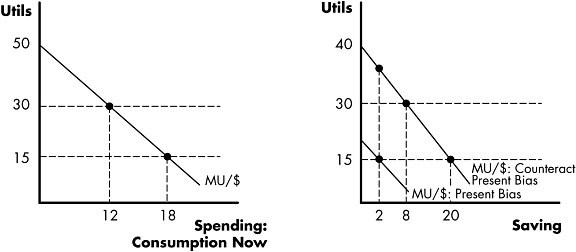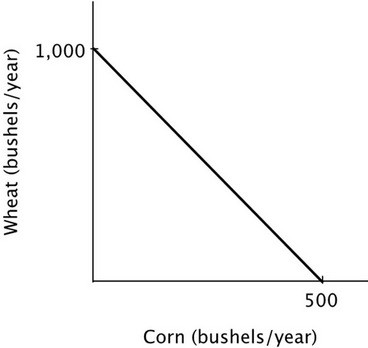Figure 7.5 The consumer must decide how to split $20 between spending and saving.Refer to Figure 7.5. If the consumer is subject to present bias, he/she will consume ________ now and save ________ to maximize utility.
The consumer must decide how to split $20 between spending and saving.Refer to Figure 7.5. If the consumer is subject to present bias, he/she will consume ________ now and save ________ to maximize utility.
A. $12; $8
B. $18; $2
C. $12; $2
D. $0; $20
Answer: B
You might also like to view...
In the Keynesian model, fluctuations in aggregate spending cause:
A. enhanced labor market mobility. B. changes in potential output. C. recessions and expansions. D. changes in average labor productivity.
The above figure shows a firm in monopolistic competition. At the profit maximizing level of output, excess capacity for the firm is equal to
A) 0 units per day. B) 4 units per day. C) 8 units per day. D) 16 units per day.
In a competitive market the current price is $5 . The typical firm in the market has ATC = $5.50 and AVC = $5.15
a. In the short run firms will shut down, and in the long run firms will leave the market. b. In the short run firms will continue to operate, but in the long run firms will leave the market. c. New firms will likely enter this market to capture any remaining economic profits. d. The firm will earn zero profits in both the short run and long run.
Refer to the accompanying figure. Growing 1,000 bushels of wheat and no bushels of corn each year is:
A. efficient and attainable. B. inefficient but attainable. C. inefficient and unattainable. D. efficient but unattainable.